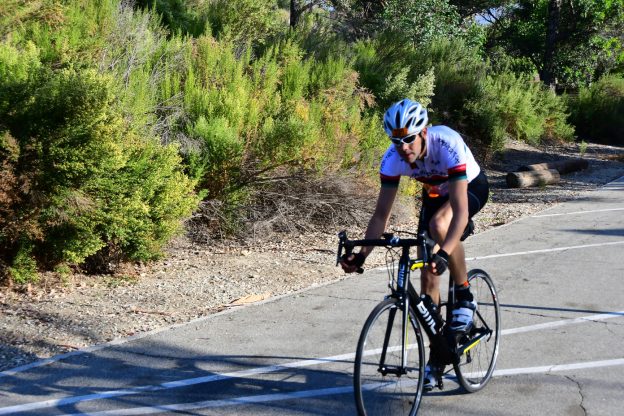
Five questions for … Jeff Slezak
Jeff Slezak, MS, is a collaborative biostatistician research scientist for the Division of Epidemiologic Research in the Department of Research & Evaluation. He is focused on the application of statistics to improve knowledge and patient care. He has more than 25 years of experience as a statistician, including work on numerous prostate cancer research studies.
Can you talk about what you do in your role as a collaborative biostatistician research scientist?
I see the first word of the title as key: collaborative. My role is to collaborate with the research scientists, to help with all the science, not just the statistical parts. I like to work with them as they develop their proposals in order to understand the goals and help to shape the research questions and methods. Then during the study, my goal is to participate at a high level, being part of the discussions on the study methods, guiding the analysis, and helping to write up the findings.
What drew you to the field of statistics?
I’ve always been good at math, and I’d started studying to become an actuary, where I would have applied statistics to financial outcomes. I’d read about how it was a great job with lots of demand. During college I applied for a bunch of internships, and the one that I got was at the Mayo Clinic doing biostatistics. It turned out that I loved applying statistics to medicine—helping to improve treatments and save lives.
Tell us about your ongoing research.
I’m working with a number of researchers on different studies:
- With Chun Chao, PhD, MS, I’m working on a study of DNA methylation in prostate cancer. Methylation is a way that genes can be effectively turned off – if a methyl group is attached to a gene, it can’t do its job of creating proteins. We’re looking at the initial biopsy samples of men who were diagnosed with prostate cancer at least 10 years ago and comparing the methylation levels among men whose prostate cancer later progressed to men whose cancer didn’t progress. If we can find patterns of methylation that are common in one group but not in the other, we may be able to help men newly diagnosed with prostate cancer decide whether they need immediate treatment, or if they would be safe to just watch the cancer for any changes.
- With Steven J. Jacobsen, MD, PhD, I’m working on the safety of HEPLISAV-B, a new, FDA-approved hepatitis B vaccine. We will compare the safety outcomes of the new vaccine with the current vaccine to ensure that the new one is safe to use in a real-world setting.
- With Jean Lawrence, ScD, MPH, MSSA, I’m looking at air pollution during pregnancy to see if we can determine if specific types of pollution (fine particles, larger particles, ozone, etc.) or exposure at different times during pregnancy are more likely to result in poor health outcomes for the mom or baby.
- And, with Katia Bruxvoort, PhD, MPH, I’m looking at whether a saliva or shallow nasal sample is as accurate for detecting the SARS-CoV-2 virus as the current standard nasopharyngeal (deep-nose) sample. If it works, getting samples from patients can be a lot less invasive and safer.
September is National Prostate Cancer Awareness Month. Can you tell us something you’ve learned about prostate cancer in the course of your research that most people might not know?
The Gleason grading system that is commonly used in prostate cancer has changed over the years. It’s based on how close to normal the cancer cells look under a microscope, ranging from 1 (almost normal) to 5 (very abnormal). The Gleason score is calculated by adding the most common pattern (called primary Gleason) to the second most-common pattern (secondary Gleason), so the score ranges from 2 to 10. But it was developed years ago, when biopsy needles were larger than they are today. With current fine-needle biopsies, it’s basically impossible to distinguish among patterns 1, 2 and 3, so pathologists just agreed to call them all 3s, and the lowest Gleason grade that you’ll generally see is a 6. It can be confusing to hear that a grade of 6 on a scale that theoretically goes from 2 to 10 is actually very good, so some doctors have started using a modified system called the Gleason grade group that goes from 1 to 5.
What do you enjoy doing in your free time?
I like to bike and run. Back when group activities were safe, I competed in triathlons and participated in group bike rides and trail runs in the local mountains. Now I run and bike alone or with my wife, who also does triathlons. I also like woodworking. I’m currently building nightstands.
Bonus question: How has COVID-19 changed the way you work?
At first, I just brought my laptop home and worked from the kitchen table, but that was unsustainable. I now have a home office with a sit-to-stand desk. But I no longer have the physical cues of “being at work” vs. “being at home,” so my work schedule is much more fluid. I’ll do some work in the evening and I’ll do chores or exercise in the middle of the day.





